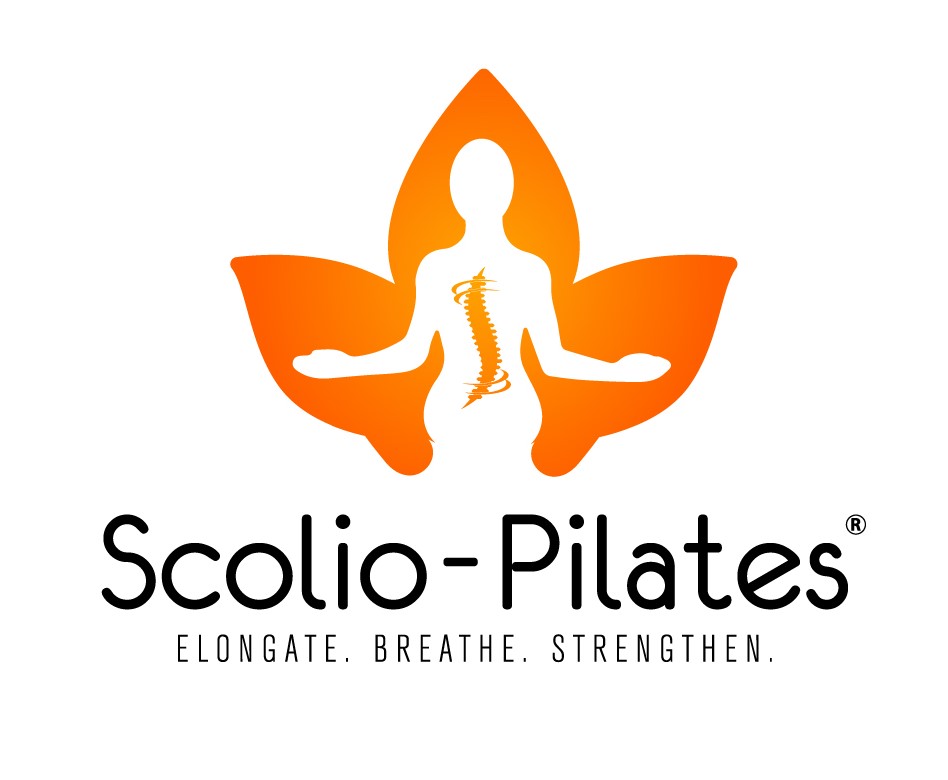
Living with scoliosis has its challenges; some are physical, and others are mental.
However, there are definitely a few quirks of having scoliosis that doesn’t usually get talked about. There are tons of “is that normal?” that we ponder about and some beautiful things we can do effortlessly because of our scoliosis. Quirks? Scoliosis norms? It’s worth a closer look!
Do any of these right true?
How about the dreaded tank top strap that is ALWAYS falling? But it’s not just tank tops — bras, dresses, purses. If it has a strap, most likely, it is falling. As hard as you try, gravity is calling that strap. A strap falls off because one shoulder tends to be lower than the other. When dealing with bra straps, be sure to pick a bra with adjustable straps and avoid wide-set straps. To keep the straps on your shoulders and in place, a close-set in the back or racerback will do a better job. Or fashion the one-shoulder top!
Since we addressed bras, let’s talk about boobs! If you have any rotation of your torso, you probably think one boob is bigger than the other and out of balance. You might have to scoop your boob in so that both boobs fit in your bra correctly. This is all due to the rotation in your thoracic region. Your boob isn’t bigger or smaller than the other one because of your scoliosis; they just don’t start and end at the same area of your body!
Do people feel like you are somebody they can confide in? Have you been told you have a lot of compassion? Scoli’s tend to have a sympathetic head position. It is not something in our control. This is the position our spine takes us, where we feel more “at rest.” This sympathetic head nod gives you the powers of listening and being a confidant!
Some (not all) scoli’s are very flexible; they tend to be able to take their leg and stretch the heck out of it without even wincing. If you have hypermobility, some of your joints are unusually flexible or have a greater range of movement than normal. A study of children with idiopathic scoliosis showed that joint hypermobility was significantly more common among people with scoliosis than among other children.
Have you ever looked at a fashion magazine and realized that the supermodel stance seems familiar, exaggerated, but familiar? Supermodels are often asked to put their torso to one side and their hips to the other and create compensation. They are asked to hold these poses for a long time, which comes easy to us but not that easy when you don’t have scoliosis. Imagine being told to keep yourself aligned for an extended period; doable but uncomfortable.
Some supermodels have scoliosis, like Joan Smalls and Martha Hunt, who have both been open about their struggles and life with scoliosis. Martha Hunt set herself on a mission after her surgery to spotlight scoliosis awareness and used her platform to create Inégal, whose 100% profit goes to scoliosis research.
Next time you wonder about your quirks, transform yourself into a supermodel by putting on a one-shoulder top and a sympathetic head nod! You should love your quirks, the things that make us different because they mark us as individuals. Be proud of your quirks, flaunt them, scars, and imperfect perfections.
Are you ready to learn more about your scoliosis? Join our program and let us help you prove that you are stronger than your scoliosis.
